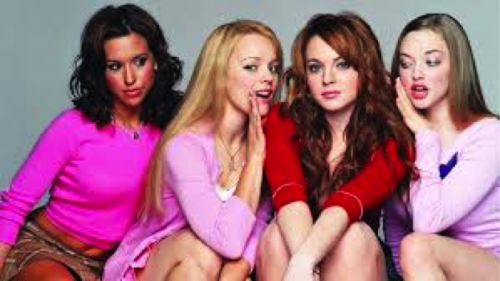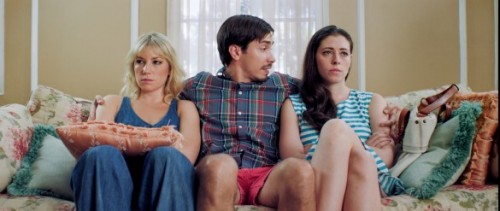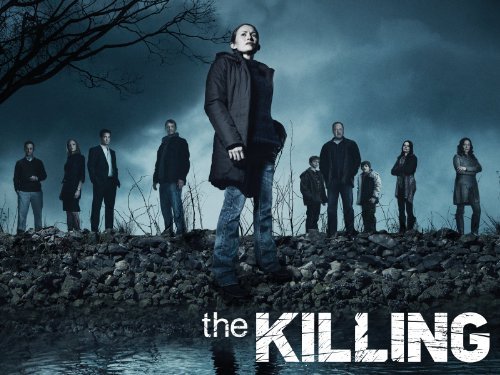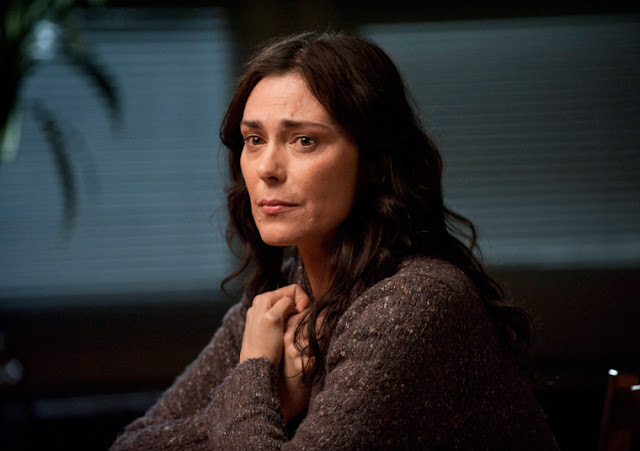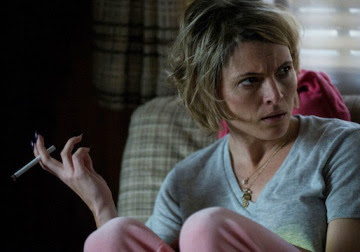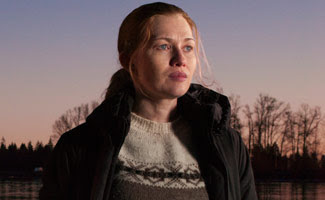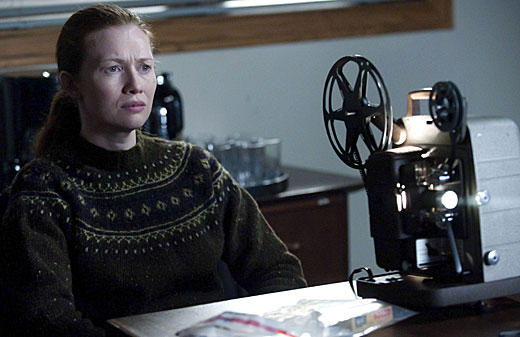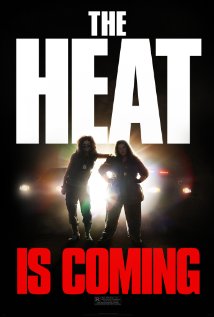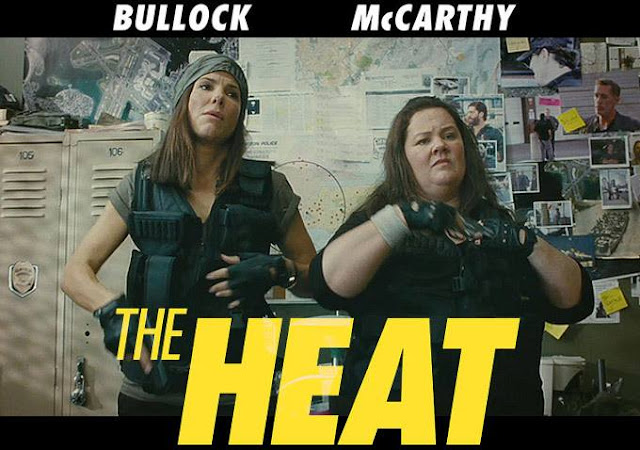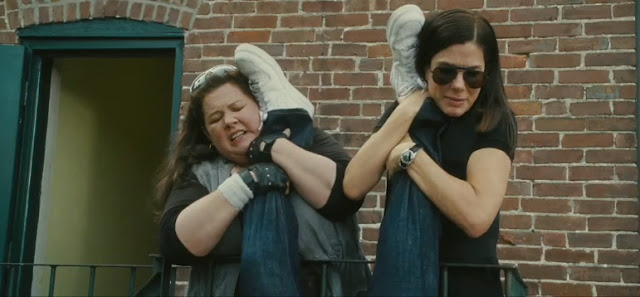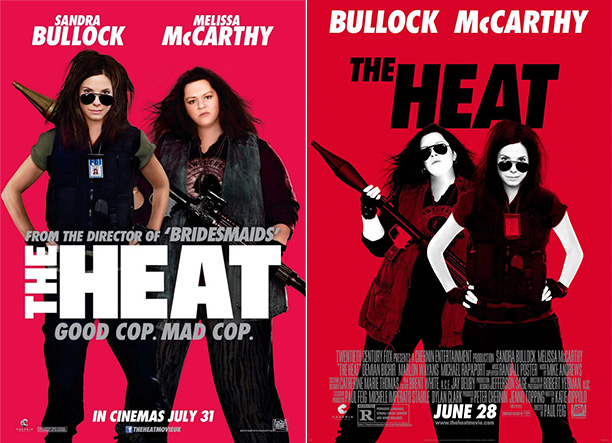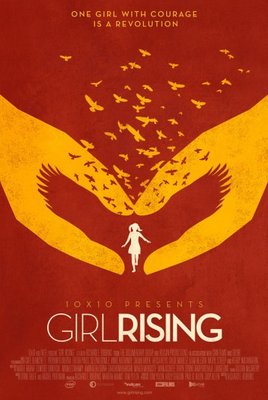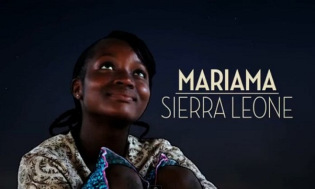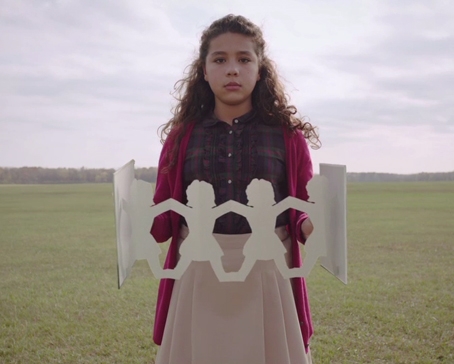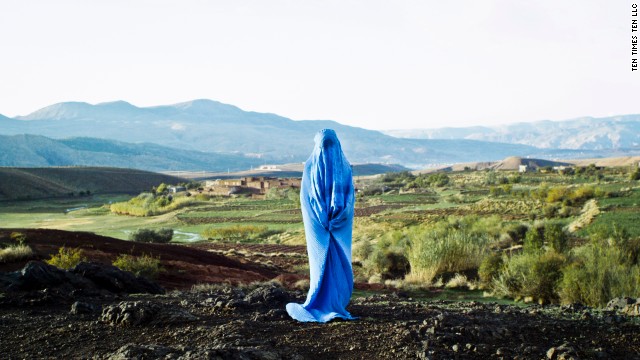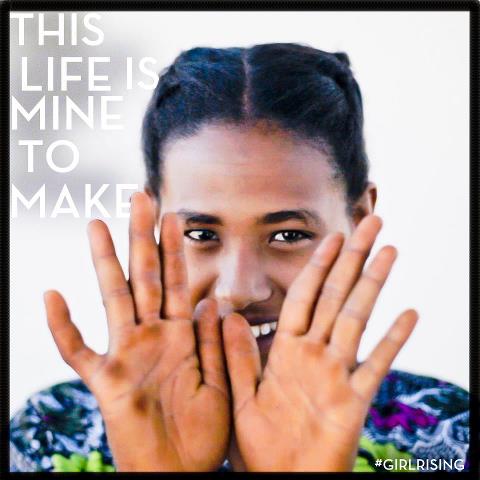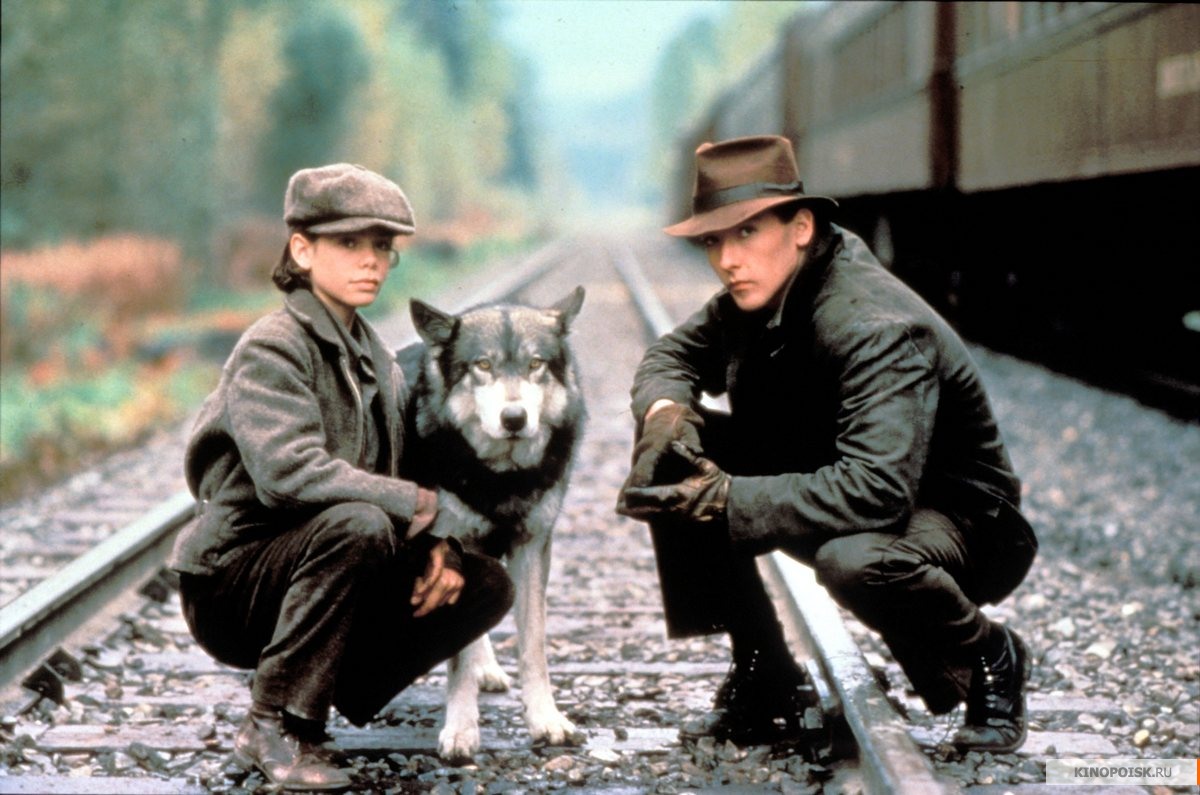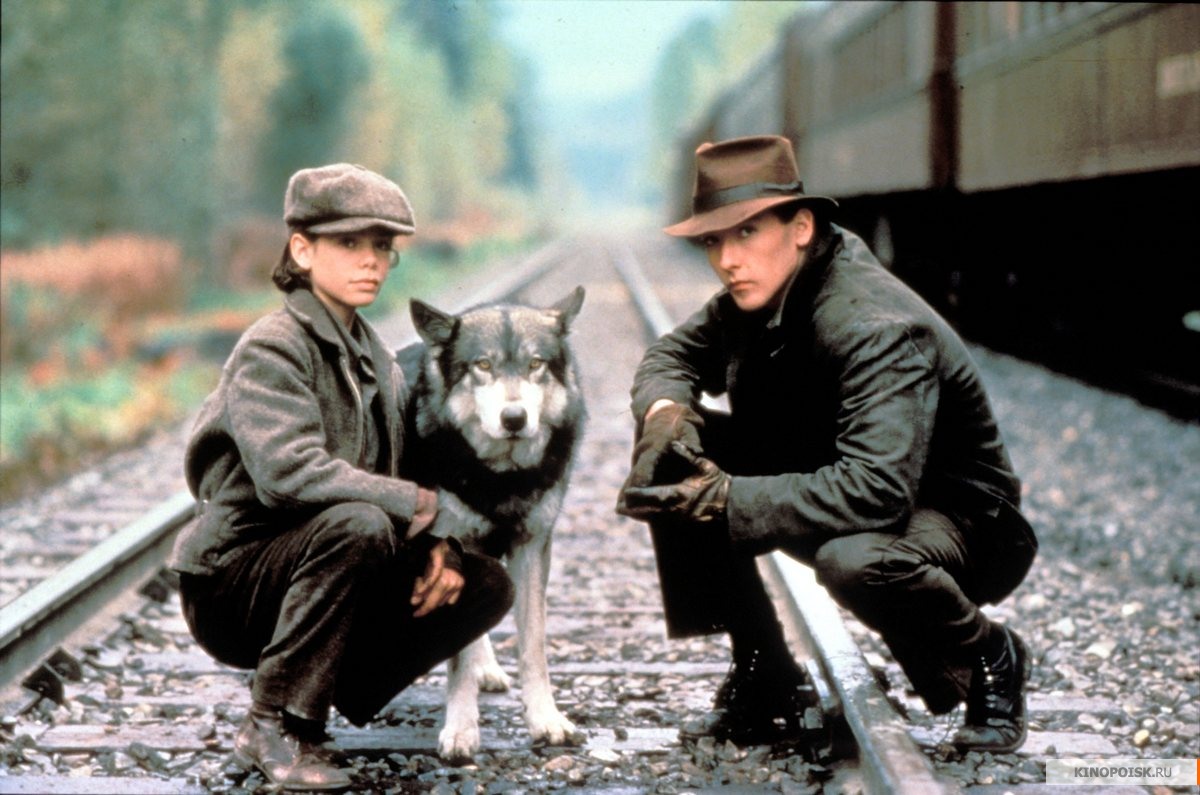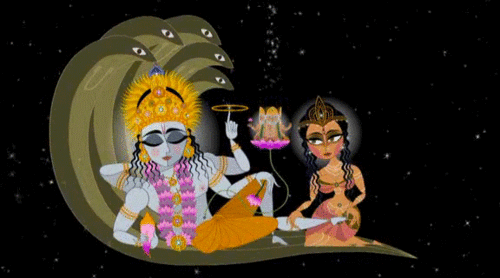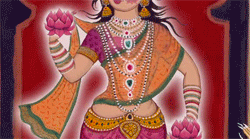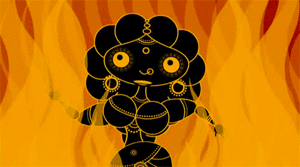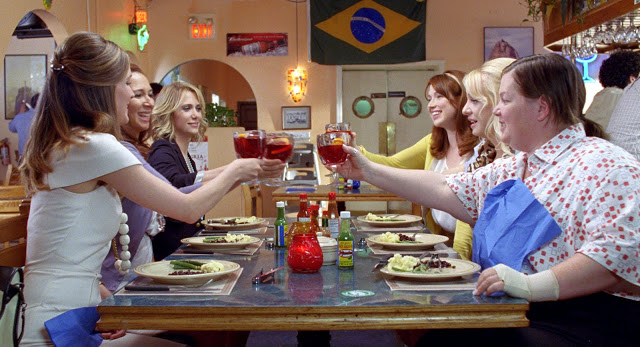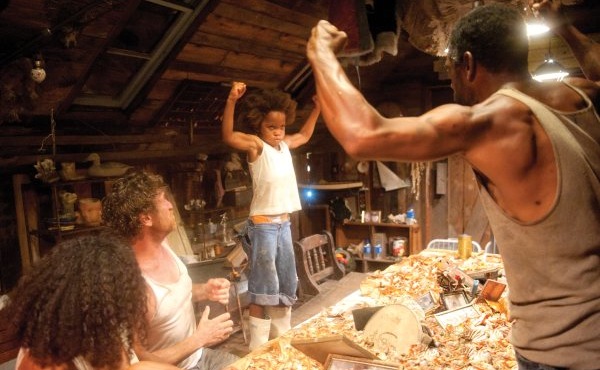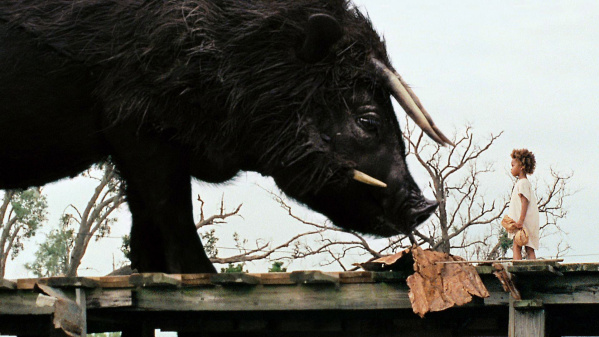 |
| Bridesmaids |
The rituals of contemporary female friendship are punctuated with food and drink as signifiers in the 2011 comedy hit Bridesmaids, directed by Paul Feig. Many of the key emotional moments of the film involve food and drink. Intimate aspects of female friendship are revealed while eating; a female collective bonds over feasting (and its repercussions); and a developing romance is linked to carrots and cake.
In the opening scene of Bridesmaids, set in Milwaukee, and written by Annie Mumolo and Kristen Wiig, Annie Walker (Kristen Wiig) is sexually involved with Ted (Jon Hamm). Their encounters are casual, or so they say to each other. When Ted asks her to leave his home in the morning, the disappointment shows on Annie’s face. But later, over brunch with her best friend Lillian (Maya Rudolph), we learn how detrimental “the Ted thing” is for Annie. Annie tries to frame the torrid night with Ted as an “adult sleepover” but Lillian tells her she can do better: “You hate yourself after you see him.” The female friendship ritual of a weekend brunch with a girlfriend is highlighted here. Lillian’s loyalty to Annie is established through her candor, her desire to protect Annie, and her inspiring admonition to Annie to find a better partner. The scene ends with the goofy pair playing with their food, placing it in their teeth — a reflection of the playful nature of their bond and its longevity: they’ve been friends since childhood. They are comfortable and authentic with each other.
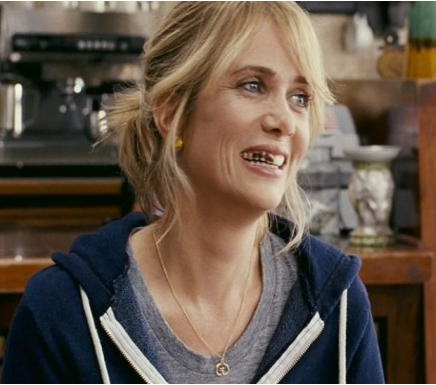
In the next scene, as they walk away from the restaurant, Annie’s deeper tie with food is revealed. Lillian and Annie stroll past a deserted bakery named “Cake Baby,” a business Annie opened during the recession. Annie registers sadness as she sees the empty building again. To comfort her friend Lillian comments: “They were good cakes, Annie.”
Annie is no longer a baker. She currently works in a jewelry store as a sales clerk, where she tells frequently customers that love doesn’t last — a philosophy that goes against the “eternal bliss” code needed to sell wedding rings to couples. And her home life is equally unsettled because her male roommate’s sister has moved in to the small apartment; the roommate’s sister is featured in a food-related scene when she pours an open package of green peas on her back in order to calm a new tattoo.
Annie’s one bright spot in life is getting together with Lillian. She brings a bottle of wine over to Lillian’s apartment for an evening in with drinks and magazines. There’s a wire basket filled with apples on the coffee table, and Lillian, holding out her hand in a formal way, says: “I want to eat an apple.” It is then that Annie notices Lillian’s glittering ring. Lillian is newly engaged to Doug. Apples, as symbols, are present in many ancient stories, such as “The Golden Apples” from the Garden of Hesperides or the tale of Adam and Eve. Apples classically represent knowledge; according to legend, this comes from the five-point star present in the apple’s core (Chevalier and Gheerbrant 36). By becoming engaged, Lillian indicates she is ready to move on to another phase, to gain more knowledge, to individuate. This is underscored by the visual and textual reference to apples in this scene. Lillian asks Annie to be her Maid of Honor at the impending nuptials.
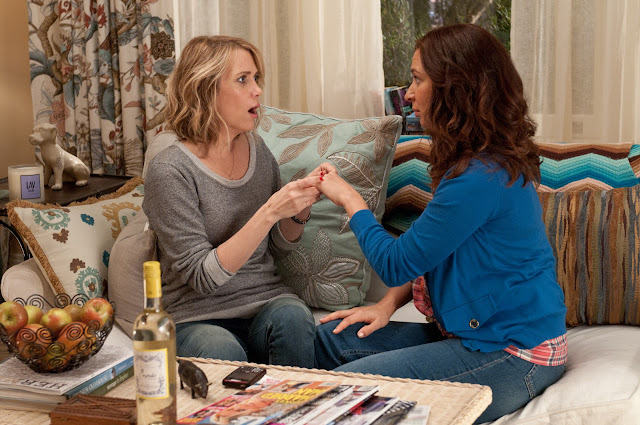
When Annie goes to pick up her mom (Jill Clayburgh) to attend Lillian and Doug’s engagement party, her mother gently states that Annie is in a downward spiral: “Hitting bottom is a good thing…because there’s nowhere to go but up.” In Maureen Murdock’s book The Heroine’s Journey, Murdock differentiates the steps of a female hero’s journey from those of a male hero. One of Murdock’s vital points involves a “Descent to the Goddess” to heal aspects of a mother-daughter split. According to Murdock, a woman begins an initiation process on the descent arc of a heroine’s journey: “It may involve a seemingly endless period of wandering, grief, rage, dethroning kings, of looking for the lost pieces of herself, and meeting the dark feminine. It may take weeks, months or years” (8). These steps may be seen in Annie’s journey in “Bridesmaids.” Her fruitless dalliance with Ted, her aimless job and transient home life, her connection to a lost childhood through Lillian (and the mourning of childhood’s end) are all present in the early part of the film. Annie’s meeting of the “dark feminine” in Bridesmaidsis yet to come.
At the subsequent fancy engagement party, another ritual of female friendship is revealed. In a sequence with Annie and the beautiful Helen (Rose Byrne), Lillian’s newer “best friend,” Annie and Helen compete with each other to deliver the best bridal toast, with alternate, escalating praise of Lillian in front of the gathered crowd. There, Annie drinks champagne, and reveals that Annie and Lillian have a ritual of “drunken Saturday nights at Rockin’ Sushi.” Saturday nights are times of revelry and letting loose; Annie and Lillian have a standing BFF hangout restaurant ritual on that night. We later learn that Helen longs for this: an ongoing invitation to female revelry and even the spontaneity involved in such female revelry. It’s something the seemingly perfect Helen doesn’t have.
At the engagement party, the rest of the female collective in the film is 3 introduced: the “Bridesmaids.” Newlywed innocent Becca (Ellie Kemper), jaded mother-of-three Rita (Wendi McClendon-Covey), and the intrepid Megan, sister to the groom (Melissa McCarthy) are there. They, along with Helen and Annie, complete Lillian’s assembled group of female wedding supporters. It is through the activities of this group that the “dark feminine” is explored more fully in the film.
In the hierarchy of a wedding, a bride and groom are the most important roles. Bridesmaids, taken as an archetypal female construction, may be seen to represent “sisterhood,” a unified group of female attendants to the bride. If so, the dysfunction of this specific collective, as revealed in Act Two, serves as wry, hilarious commentary on aspects of the dark feminine and our wedding rituals from the female gaze.
Near the end of Act One, Annie is pulled over at night for a violation by a state policeman named Nathan Rhodes, his last name perhaps a commentary of Annie’s own life at a crossroads. Annie’s tail lights need to be repaired, a recurring metaphor reflecting Annie’s inner life. Rhodes (Chris O’Dowd) recognizes Annie from her bakery days. He tells her how much he admired her delicious pastries, especially her cream puffs. In this scene we learn that the bakery is connected to emotional pain for Annie — and not just for the financial devastation she suffered when it failed. Her boyfriend, who worked there, left her when it closed. Rhodes reminds her: “I appreciated your cakes.”
After this encounter, a brief baking sequence follows for Annie. In the kitchen alone, she bakes a beautiful cupcake for herself, decorated with a gorgeous flower on top. Annie’s baking skills and her artistry are displayed. Pensively, she eats the single perfect cupcake, alone.
A baker is someone who could be seen to work “alchemically”; the transformation of raw materials into something edible and wonderful involves the use of an oven, which, as an image, could resonate as “womb.” Annie begins, in the scene above, to try to reconnect with her baking skills, and the warmth of the womb.
In Act Two, Annie meets the dark feminine as reflected by the bridesmaids — and her own psyche. It is in perhaps the most famous sequence in the film, involving feasting at an authentic Brazilian restaurant and subsequent scenes at an exclusive couture bridal shop named “Belle en Blanc,” that the dark feminine is revealed in a graphic, scatological way.
The competition between Annie and Helen is highlighted throughout this sequence. Whether it’s over the theme of the bridal shower, or where the bachelorette party should be held, Annie and Helen are at odds. Annie’s taste is seen as déclassé compared to Helen’s standards. After the meal at the Brazilian restaurant, presented as a communal feasting experience, Helen and Annie spar over the selection of the bridesmaids’ dresses. It is then that the group becomes sick with food poisoning, leading to the massive need for a bathroom, including a toilet, a sink, and in Lillian’s case, the city street. When Annie tries to pretend she does not feel sick, Helen tests her resolve by handing her a Jordan Almond to eat.

The juxtaposition of the name of the shop, “Belle en Blanc,” compared to what happens to the collective, suggests an ironic commentary on aspects of the dark feminine. And it is related to food. The food poisoning underscores the feminine spiritual poisoning felt between Annie and Helen, and even Lillian, as revealed by competition and wedding stress. At one point, a character says that one of the dresses at “Belle en Blanc” is so pretty that it makes her stomach hurt.
On Annie’s way home from another Ted encounter, she stops at a small liquor market, and reaches to buy a drink called “Calm.” There, she sees Rhodes again, and he offers her carrots. She ends up eating carrots with him, sitting on a car hood outside. He tells her she should be setting up a new bakery. Annie replies that she doesn’t bake anymore. A carrot is dropped on the ground, and Rhodes says that there is always one lucky, ugly carrot in the bag. He offers it to her. She won’t take it. But their fun continues into the dawn, as he shows her how to use his official radar gun to catch speeders.
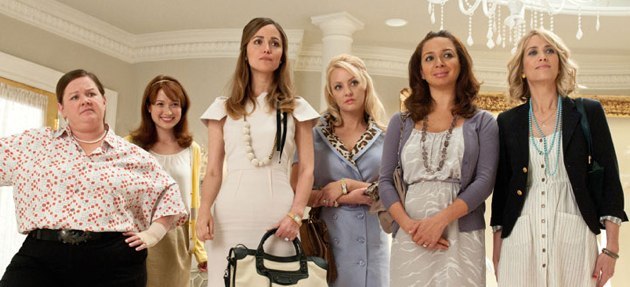
When the Bridesmaids return home prematurely — after a disastrous attempt to fly to Vegas for a bachelorette party — Annie encounters Rhodes. They go to a bar. Upon hearing her tale of woe, Rhodes dubs her the “Maid of Dishonor” and urges Annie to start baking again. Annie says it doesn’t make her happy anymore. She spends the night with Rhodes, and they become sexually involved. In the morning, he surprises her by assembling baking supplies to encourage her to bake again: “Your workshop awaits.” Angered, Annie refuses: “I don’t need you to fix me.” She leaves, declaring their encounter a mistake.
After losing her job and apartment, Annie moves back in with her mother. She refuses Rhodes’ calls. Annie tells her mom that she hadn’t hit bottom before. Now, perhaps she finally has. This realization is underscored when she drives by her old bakery and sees the business name “Cake Baby” newly defaced with a sexual slur.
At the elaborate French-toned bridal shower, arranged perfectly by Helen but stolen from Annie’s idea, is a chocolate fountain and a giant heart-shaped cookie. As a shower gift to Lillian, Annie assembled an amazing box of childhood memories. Helen tops Annie by giving Lillian a trip to Paris to meet with the couture wedding dress designer. At the party, Annie breaks down, and in a culminating Act Two event, attacks the giant heart cookie and the chocolate fountain. In a rant, Annie calls out Lillian for participating in such a pretentious social gathering. Lillian responds: she disinvites Annie from the wedding. By attacking the giant cookie heart, Annie embodies her own need to address matters of the heart, and even her “baking.” The dark chocolate fountain is perhaps an ironic visual callback to the dark feminine as seen earlier in the “Belle en Blanc” sequence. Annie’s rage could also be seen as a part of dark feminine power — her own.
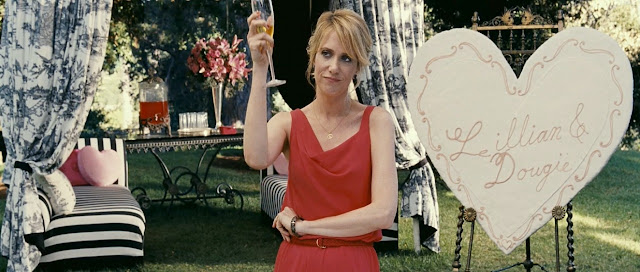
After Annie’s car is damaged in a hit and run, she’s depressed. With nowhere to go, she stays inside her mother’s home all the time — the ultimate “Return to the Womb.” Megan comes to visit, with the nine pups she stole from the bridal shower. Trying to encourage her, Megan tells Annie: “You’re your problem and you’re also your solution.”
Annie starts baking. She cracks eggs, whisks, blends sugars. Her car is finally repaired, and it’s all gratis, thanks to a deal Rhodes made with the mechanic who owed him a favor. To show her appreciation, Annie leaves a beautiful cake with a carrot on top at Rhodes’ doorstep, a reference to the lucky carrot he told her about. This is a signifier that Annie is ascending, healing, back on her path. Her descent spiral is over. She can “bake” again. A carrot, in folklore, is related to fertility and seeding; it also is reputed to have medicinal qualities connected to “sight.” The carrot on the cake represents the renewal of Annie’s vision, her “warming,” and her outreach to Rhodes. But Rhodes leaves the box outside on his front step. Annie sees raccoons eating from the box, at one point.
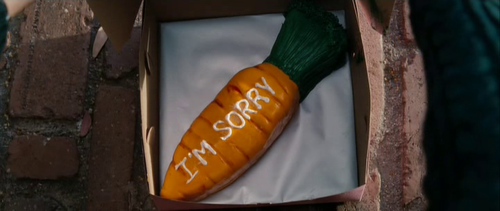
Further Act Three action involves trying to track down the missing Lillian, who has disappeared. Helen locates Annie at her mom’s house, and the two frenemies try to find Lillian. It is in through this activity we learn of Helen’s longing for true female friendship — that she’s never had a long term female friendship like Lillian’s and Annie’s relationship.
Eventually, Lillian is found at her apartment. She walked out on her own rehearsal dinner. She tells Annie: “I outcrazied you.” On the brink of her own life — changing step, Lillian worries about what will happen to Annie in the future.
Annie reassures Lillian: “I’m gonna be fine, I am fine” — an indication that Annie knows she’s better. Then she helps Lillian get ready for the ceremony. The wedding is back on track.
Act Three culminates in entire wedding rocking out to Wilson Phillips’ performance of “Hold On,” an extravagance arranged by Helen. But after it all, Annie invites Helen to a Saturday evening out sometime at Rockin’ Sushi with Lillian and Annie — the ultimate girlfriend ritual. This makes Helen happy, and signals also that Annie has “warmed up” to Helen. Annie wants to include Helen in the drunken Rockin’ Sushi ritual of female friendship, including revelry and spontaneity.
After Rhodes and Annie get together at the movie’s end — when he picks her up after the wedding and reveals “I ate your cake”– a final coda to the film involves Megan and Air Marshall Jon who use food, “a bear sandwich,” in bawdy foreplay. The rituals of contemporary female friendships are underscored by the use and presence of food and drink as signifiers at important emotional moments throughout Bridesmaids. Annie Walker’s journey in the movie, in a downward spiral or “descent motif” is healed through her encounters with aspects of the dark feminine as revealed in the shadow side of “sisterhood” and in her own psyche. Annie’s healing process, after failing at business and at love, is also reflected in her great talent to bake again in Act Three. But this time, she’s not baking for business or commerce — she’s baking to express herself, to be warm, to acknowledge finding the Lucky Carrot.
Works Cited
Chevalier, Jean and Alain Gheerbrant. The Penguin Dictionary of Symbols.
John Buchanan-Brown, trans. London: Penguin, 1996. Murdock, Maureen.
The Heroine’s Journey: Woman’s Quest for Wholeness. Boston: Shambala, 1990.
———-
Laura Shamas is a writer, film consultant, and mythologist. Her newest book is Pop Mythology: Collected Essays
.



